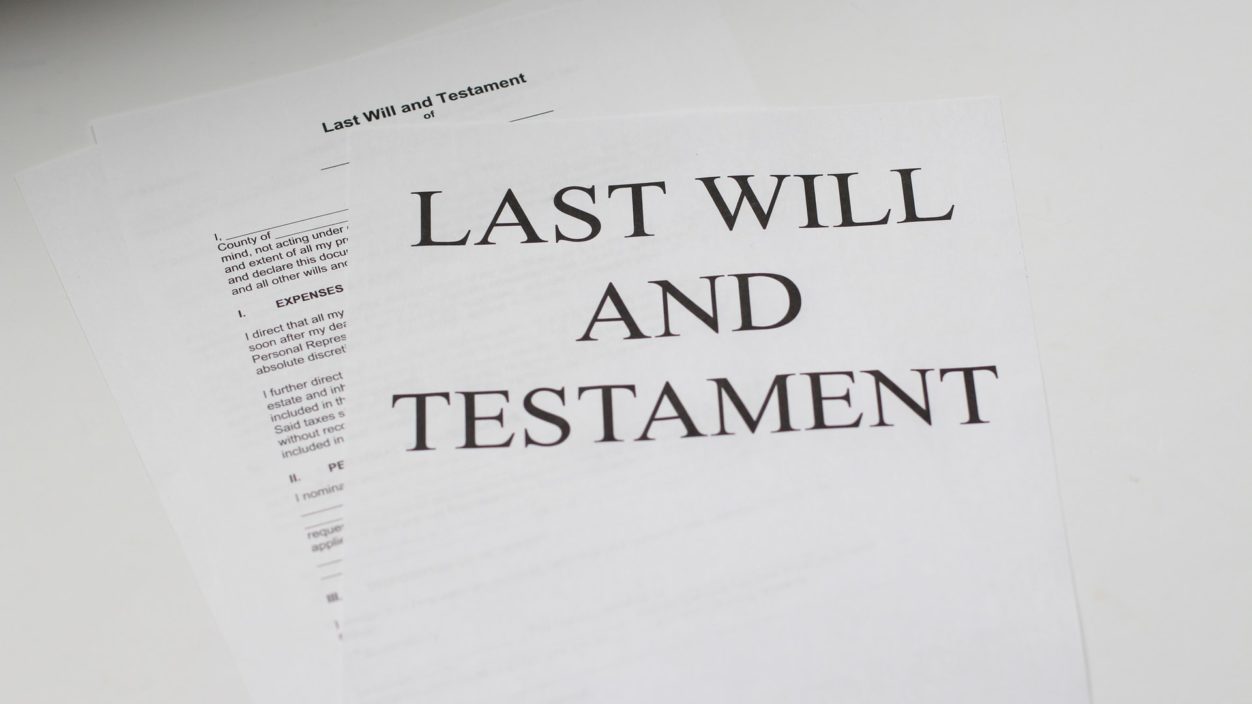Will you be my executor?
An executor is the person named in a Will to carry out the directions contained in the Will. The executor is responsible for settling the person’s affairs after death and is accountable to the beneficiaries and those entitled to benefit from an estate.
If you are asked by a will maker to act as an executor and you don’t want to accept the job, be sure to tell the will maker right away. If you agree to act as an executor, you are able to resign after the person has died. However, you must not have “intermeddled” in the estate before resignation.
If you accept the job of executor, you will be responsible to locate the deceased’s assets, pay the funeral costs, debts and taxes, and then distribute the remaining money and property according to the instructions in the Will. An executor is entitled to reasonable remuneration for acting as executor.
Being an executor takes time, energy and careful attention to detail. An executor can get help from family members and professional advisors including a lawyer or accountant. However, the executor is the person who is legally responsible to administer the estate.
Responsibilities & challenges
The duties of the executor are significant and include many responsibilities and duties including but not limited to the following:
- locating the Will
- making funeral arrangements
- keeping a diary of actions and expenses
- obtaining a death certificate
safeguarding the assets of the estate - identifying and locating all assets and liabilities of the estate and preparing a detailed list
- securing professional advice, dealing with pre-existing legal agreements, legal matters and court orders to which the deceased was a party
- notifying government offices of the death to cancel ID and government accounts and apply for death benefits
- preparing and filing the income tax returns
- preparing an accounting
- obtaining executed releases from all beneficiaries
- dealing with any estate litigation arising from the administration
- distributing the funds of the estate to the beneficiaries
To act as an executor may be difficult and an estate will take more time to administer based on numerous factors, including but not limited to:
- the number of beneficiaries
- if the deceased owned a business
- if the deceased held significant investments or had significant debt
- if the deceased had foreign assets
- if the deceased had dual citizenship
- if the Will involves a trust
- if the Will or it’s contents are challenged
For example, a spouse or child of the deceased had legal standing in B.C. to commence a court action to vary the deceased’s will based on a claim that the deceased failed to make an adequate provision for that spouse or child. This type of claim results in estate litigation which can add significant complication, time and expense in administering an estate.
If you act as an executor, a key responsibility is to obtain a “Grant of Probate”. Probate means to prove a will at law. Without probate, institutions that hold or control assets of the deceased (including banks, insurance companies, the Land Title Office and others) may refuse to recognize the executor’s authority over the estate assets. Timing for final distribution of the estate is subject to many factors but this process typically takes a year or more.
It is strongly recommended that an executor seek the advice of professionals including an accountant and a lawyer. Any professional advisor should specialize in this area because of the many technical rules, procedures and reporting requirements which may have an impact on the estate. Reasonable professional fees are considered a proper expense and may be paid out of the estate funds.
The information provided above is for educational purposes only. This information is not intended to replace the advice of a lawyer or address specific situations. Your personal situation should be discussed with a lawyer. If you have any questions or concerns, contact a legal professional.
